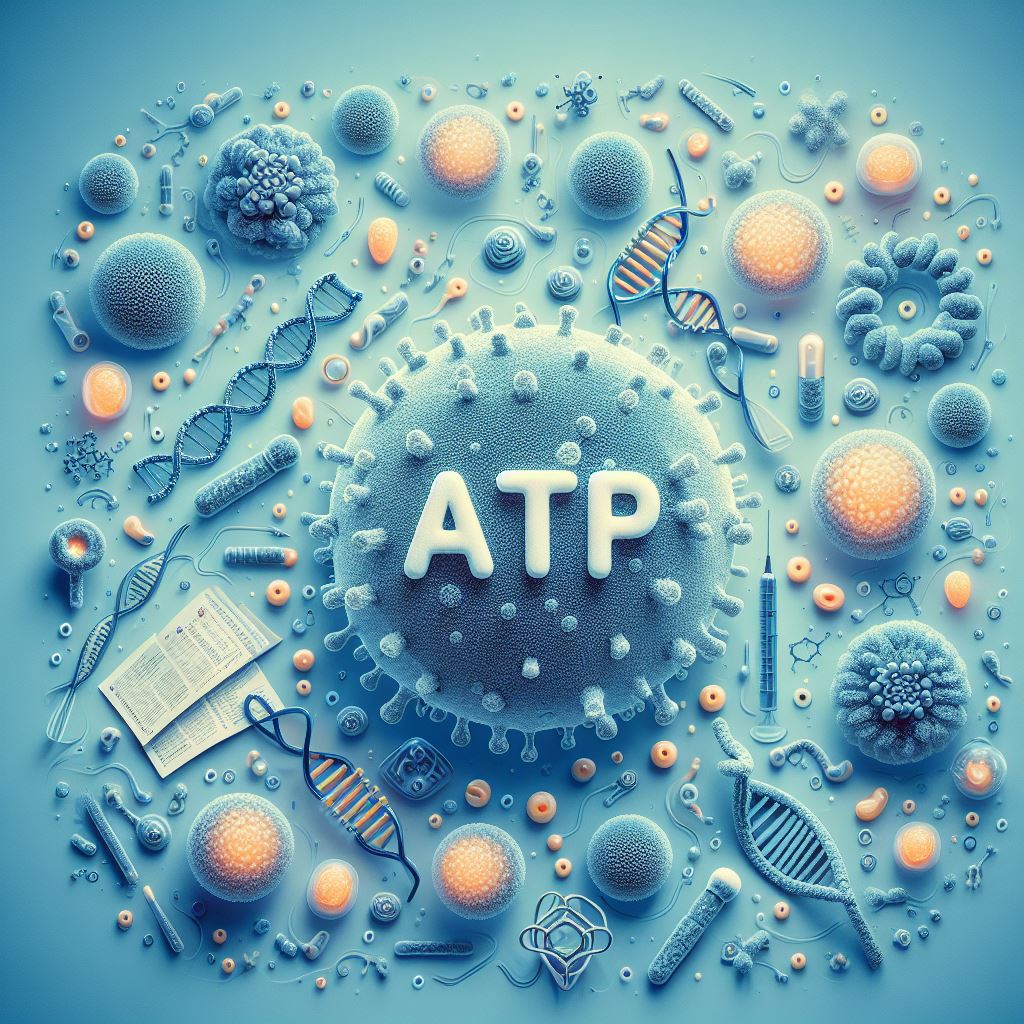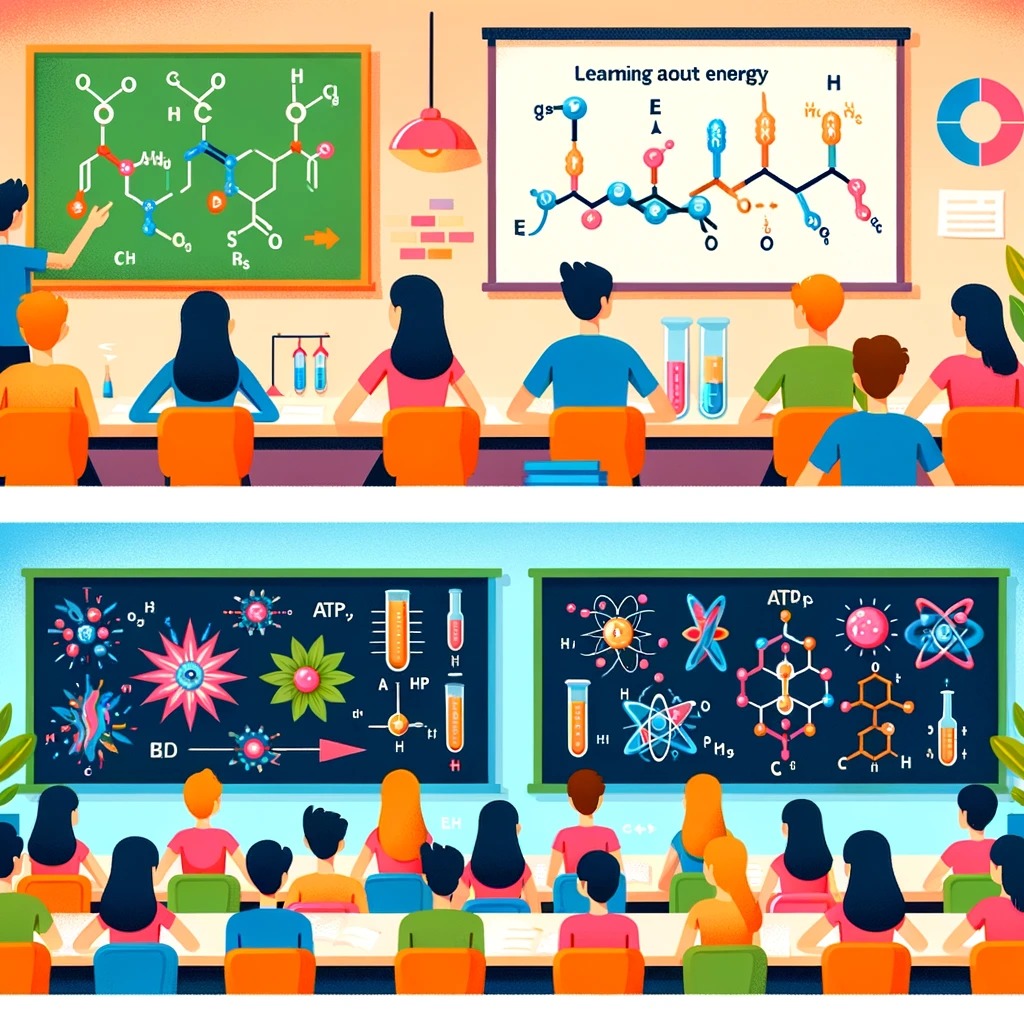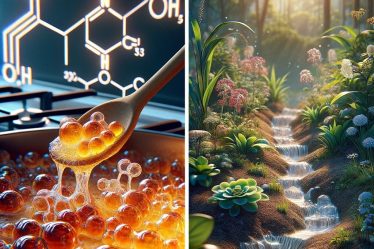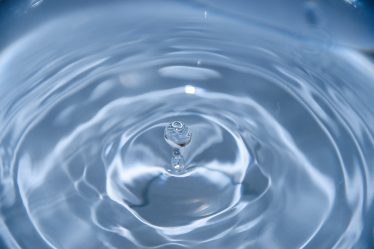
Adenosine Triphosphate (ATP) is a molecule that plays a key role in biology. It acts as universal energy currency for all living cells. Without ATP, most cellular processes would not be possible. ATP stores and releases energy by breaking and forming bonds between its three phosphate groups. This makes ATP a versatile and efficient molecule that can power everything from muscle contractions to nerve signals. We will explore the structure, production, and use of ATP in biological systems. Whether you study inorganic chemistry, organic chemistry, or biochemistry, understanding ATP is essential. And if you ever need more guidance, you can always contact a tutor for personalized lessons.
What You Will Learn About Adenosine Triphosphate (ATP):
- How ATP Stores and Releases Energy: The molecular mechanism of energy transfer in ATP molecules.
- How Cells Produce ATP: The pathways and processes that generate ATP adenosine triphosphate in cells.
- How ATP Powers Muscle and Nerve Functions: The essential role of ATP in muscle contractions and nerve signals.
- Why ATP is Crucial for Cells: The importance of adenosine triphosphate for cellular health and activity.
- How Cells Manage Energy Through the ATP-ADP Cycle: The dynamic balance between ATP and ADP adenosine triphosphate in cells.
- How to Learn ATP Chemistry Effectively: The best strategies and tips for mastering the complexities of ATP.
ATP: The Universal Energy Carrier for Cells
Adenosine triphosphate (ATP), the critical energy molecule in metabolism, is crucial for many cellular functions. It supports everything from muscle contraction to nerve impulse propagation, playing a pivotal role in energy transfer and chemical synthesis. This ATP molecule stands out as a universal energy carrier, facilitating the coupling of energy-demanding and energy-releasing reactions within cells. Despite its small cellular quantity, ATP is constantly regenerated, reflecting its efficiency and vital role in life processes.
Why is Adenosine Triphosphate ATP Important in Cells?
ATP is essential for all living organisms, from bacteria to humans. It involves various biological processes, such as photosynthesis, cellular respiration, glycolysis, protein synthesis , DNA replication , and signal transduction. ATP also transports molecules across membranes, such as ions, glucose, and amino acids. ATP is the common denominator of all these processes, providing the energy needed to drive them forward.
ATP is a source of energy and a regulator of cellular activity. ATP can bind to enzymes and proteins, changing their shape and function. This can activate or inhibit specific pathways, depending on the cellular needs. ATP can also act as a second messenger, relaying signals from the cell surface to the nucleus or other organelles. ATP can modulate gene expression, cell growth, cell death, and cell communication.
ATP Structure and Energy Transfer
The structure of ATP is simple but effective. It has three main components: an adenine base, a ribose sugar, and three phosphate groups. The phosphate groups are the key to ATP’s energy storage and release. They are connected by high-energy bonds that water can break (hydrolysis). This process releases much energy, which can be used for various cellular activities. The hydrolysis of ATP also produces ADP or AMP, lower-energy forms of ATP. These molecules can be recycled back to ATP by adding phosphate groups, using energy from other sources. This way, ATP maintains a constant supply of energy for the cell.
How Cells Produce ATP from Nutrients
Cells produce ATP from nutrients through different biochemical pathways. The main path is cellular respiration, which has three steps: glycolysis, the citric acid cycle, and oxidative phosphorylation.
These steps occur in the cytoplasm and the cell’s mitochondria. They break down glucose and other molecules into ATP, releasing energy for the cell. Plants also produce ATP during photosynthesis, which uses light energy to make glucose and oxygen. ATP is the common product of these pathways.
How Mitochondria Produce ATP Through Oxidative Phosphorylation
Mitochondria are the cell’s powerhouses responsible for most ATP synthesis in cells. They use oxygen and simple sugars to produce ATP through oxidative phosphorylation. This process involves a series of electron transport and ATP synthesis complexes in the inner mitochondrial membrane. These complexes transfer electrons from glucose and other molecules to oxygen, creating a proton gradient across the membrane. The proton gradient drives the synthesis of ATP by a protein complex called ATP synthase. This process produces a large amount of ATP, providing the energy needed for energy-intensive activities like muscle contraction and nerve function. Oxidative phosphorylation is a complex but efficient process essential for cellular metabolism and adenosine triphosphate energy.
The Steps of ATP Production in Cellular Respiration
|
Step |
Input |
Output |
Location |
Important Terms |
|
Glycolysis |
Glucose |
2 Pyruvate, 2 ATP, 2 NADH |
Cytoplasm |
ATP molecule, glucose, pyruvate, NADH |
|
Citric Acid Cycle |
2 Pyruvate |
6 CO2, 2 ATP, 8 NADH, 2 FADH2 |
Mitochondrial Matrix |
ATP adenosine triphosphate, pyruvate, carbon dioxide, NADH, FADH2 |
|
Oxidative Phosphorylation |
10 NADH, 2 FADH2, O2 |
34 ATP, 6 H2O |
Inner Mitochondrial Membrane |
ATP produced, NADH, FADH2, oxygen, water |
How ATP Supports Vital Cellular Functions
Adenosine triphosphate (ATP) is essential for many cellular functions. It provides the energy needed for various vital cellular processes, such as muscle contraction, nerve transmission, and cellular communication. ATP is the key molecule that enables life at the molecular level.
ATP and Muscle Contraction
ATP is crucial for muscle contraction and relaxation. Muscle fibers use ATP to power the interaction between myosin and actin, the proteins that makeup muscle tissue. When muscles contract, ATP binds to myosin, changing its shape and allowing it to pull on actin. When muscles relax, ATP detaches from myosin, releasing the tension. ATP also pumps calcium ions in and out of muscle cells, which regulate muscle contraction.
ATP and Nerve Transmission
ATP is vital for nerve transmission and signal propagation. Nerve cells use ATP to generate and maintain the electrical potential across their membranes, which is the basis of nerve impulses. When a nerve cell is stimulated, ATP opens and closes ion channels, creating a wave of depolarization and repolarization along the nerve cell. This wave travels to the end of the nerve cell, where ATP is released as a neurotransmitter, carrying the signal to the next nerve cell or target cell.
ATP and Cellular Communication
ATP is essential for cellular communication, especially in signal transduction pathways. It acts as a signaling molecule, mediating contact between cells. ATP is released by cells in response to various stimuli, such as stress, injury, or infection. ATP then binds to specific receptors on nearby cells, activating a series of reactions that lead to a cellular response. This response can include inflammation, immune activation, or neurotransmission. ATP is involved in many physiological processes that require intercellular communication and coordination.
Check out 8 Exciting Science Experiments for Kids and unravel The Greatest Discoveries in Biology.
Table: Comparative Roles of ATP in Cellular Functions
|
Cellular Process |
Role of ATP |
Key Effects in Cell |
|
Muscle Contraction |
Provides energy for muscle fibers to contract |
Facilitates movement and strength |
|
Nerve Transmission |
Drives the transmission of nerve signals |
Enables communication within the nervous system |
|
Energy Metabolism |
Fuels metabolic reactions and processes |
Supports overall cellular function and energy balance |
How ATP Drives Metabolic Energy Transactions
Adenosine triphosphate (ATP) is the primary energy carrier in bioenergetics. It provides the energy for essential metabolic reactions in cells. ATP converts nutrients into usable energy and powers cellular activities. ATP also links energy-producing and energy-consuming processes, keeping a balance crucial for cellular health.
ATP and Energy Transformations in Photosynthesis and Cellular Respiration
ATP is central to cells’ energy capture and release. In photosynthesis, plants use light energy to make ATP. This ATP then helps make sugars from carbon dioxide and water. In cellular respiration, plants and animals break down these sugars, releasing the energy stored in ATP. This ATP then fuels other cellular processes. This cycle shows how ATP is involved in photosynthesis and cellular respiration, highlighting its importance for cellular energy dynamics.
ATP and Energy Exchange and Regulation in the ATP-ADP Cycle
ATP is part of cells’ continuous energy exchange and regulation cycle. When ATP releases energy, it changes into ADP (adenosine diphosphate). This change is vital for energy release during cellular activities. ADP can then be turned back into ATP by adding a phosphate group, using energy from other sources. This cycle ensures a constant supply of energy for the cell. It also regulates cellular functions, depending on the availability of ATP and ADP. ATP is a dynamic molecule that manages and controls energy in cells.
How to Learn ATP Chemistry with Effective Study Tips and Tutoring
Learning adenosine triphosphate (ATP) chemistry with practical study tips and tutoring can be more effortless. ATP is a critical molecule in cellular processes, so students in biology and chemistry need to understand it well. Here are some ways to study ATP chemistry better and get tutoring support.
Study Tips for ATP Chemistry
- Focus on the main concepts: ATP chemistry involves many details, but you should focus on the main concepts first. For example, you should know the structure, function, and role of ATP in different cellular processes.
- Teach others: Teaching others is a great way to learn ATP chemistry. You can explain the concepts to your friends, classmates, or family. This will help you reinforce your knowledge and identify gaps in your understanding.
- Use online resources: Online resources can offer more information and practice on ATP chemistry. You can use websites, blogs, podcasts, or online courses to learn about ATP chemistry. You can also use online quizzes, games, or simulations to test your knowledge and skills.
- Practice problems: Practice problems are essential for learning ATP chemistry. You should practice issues related to ATP’s role in energy transfer and metabolism, as these are the most important and common topics. You can use textbooks, worksheets, or online platforms to find practice problems.
Tutoring for ATP Chemistry
Tutoring can offer personalized and targeted ATP chemistry learning experiences. A tutor can help you with the following benefits:
- Personalized attention: A tutor can give tailored explanations and feedback to suit your learning style and pace. You can ask questions and get answers without any hesitation or pressure.
- Targeted learning: A tutor can focus on your specific areas of difficulty or interest in ATP chemistry. You can work on the topics you need the most help or want to learn more about.
- Enhanced comprehension: A tutor can improve your understanding of complex concepts in ATP chemistry. You can have in-depth discussions and examples on ATP-related topics, ensuring a thorough understanding of this fundamental molecule.
- Boosted confidence: A tutor can boost your confidence in ATP chemistry. You can overcome your challenges and achieve your goals with the support and encouragement of a tutor.
Tutoring can be a great way to learn ATP chemistry better and faster. You can find a tutor online or offline, depending on your preference and availability. You can also choose a tutor with the qualifications, experience, and personality that match your needs and expectations.
Are you looking for a chemistry tutor? Enter “chemistry tutor Glasgow” or “chemistry teacher Sheffield” on your preferred tutoring platform, such as meet’n’learn, to find a teacher who can meet your specific needs.
If you thrive in group learning environments, search “chemistry classes London” or “chemistry lessons Manchester” online to discover local schools offering chemistry lessons.
Why is Adenosine Triphosphate (ATP) Important for Life
Adenosine triphosphate (ATP) is the main energy molecule in every cell of your body. It acts as the energy switch, turning various cellular activities on and off. It participates in everything from muscle contractions to nerve signals. Learning about ATP means understanding how your body manages energy at the molecular level. ATP is not just a molecule; it is the key to how cells release energy stored in an adenosine triphosphate molecule (ATP), a process essential for life. Mastering how ATP works is vital for students interested in biology or medicine. It is the basis of many more complex biological concepts you will learn.
All you need to know about vitamins and minerals.
Frequently Asked Questions About Adenosine Triphosphate
1. What is Adenosine Triphosphate (ATP)?
ATP is a crucial energy-carrying molecule found in the cells of all living organisms.
2. How is ATP produced in the body?
ATP is produced through cellular processes like glycolysis, the citric acid cycle, and oxidative phosphorylation.
3. Why is ATP important in cells?
ATP provides essential energy for various cellular functions, including muscle contraction, nerve transmission, and metabolism.
4. What happens when ATP becomes ADP?
When ATP releases energy, it loses a phosphate group and becomes Adenosine DiPhosphate (ADP), which can be recycled back into ATP.
5. How do you learn ATP chemistry effectively?
Learning ATP chemistry can be easier with practical study tips and tutoring. You should focus on the main concepts, break down complex ideas, use visual aids, teach others, use online resources, and practice problems. Tutoring can also offer you personalized and targeted learning experiences on ATP chemistry. A tutor can give tailored explanations, feedback, and guidance on ATP-related topics.
References:
1. ThoughtCO
2. ChemLibreTexts
3. Wikipedia



